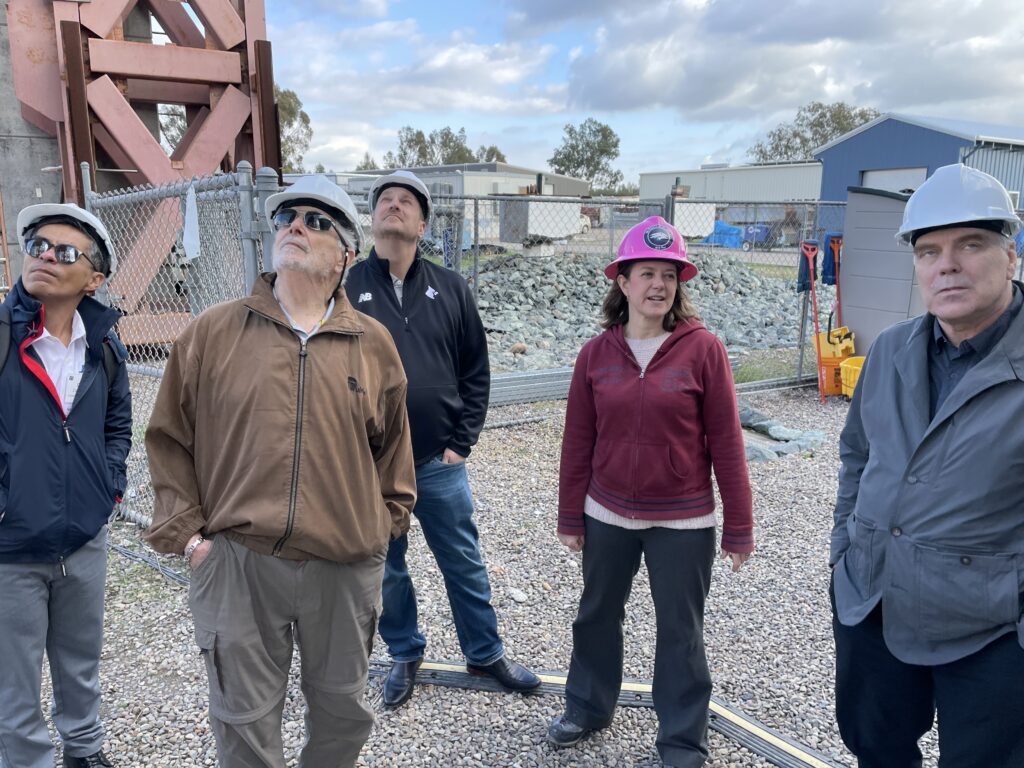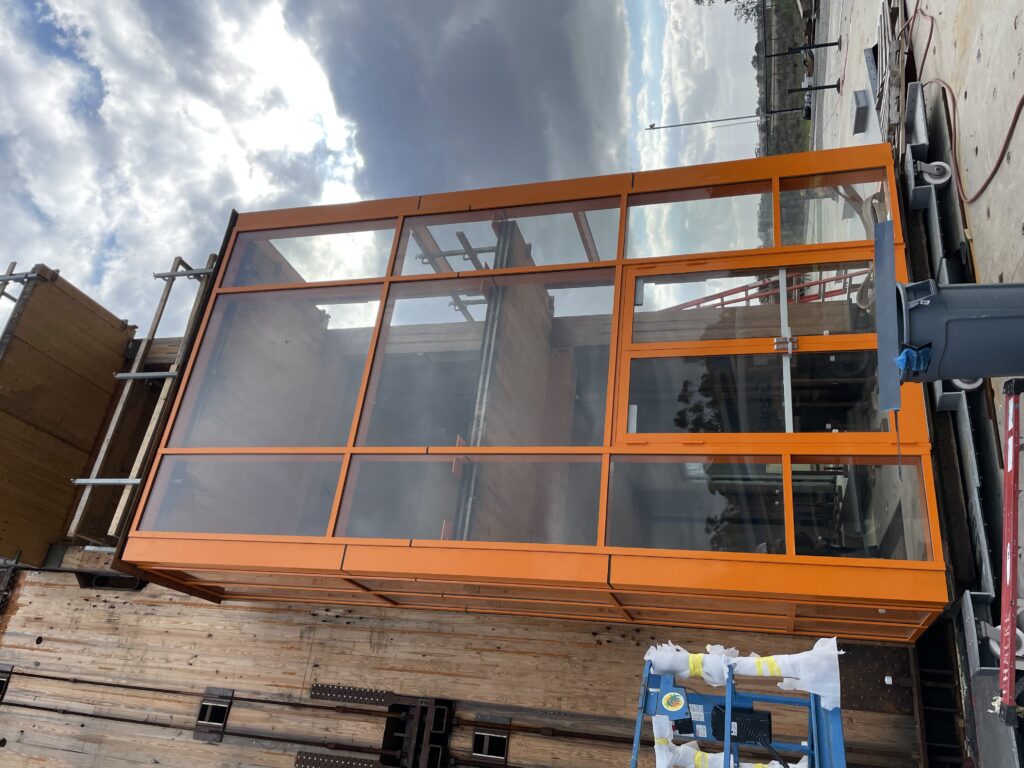Fenestration: Seismic Shake Tests
Revealing the Future of Inter-Story Drift Design & Code Requirements
by Rich Rinka, FGIA technical manager, Fenestration Standards & United States Industry Affairs

(Editor’s Note: Rich Rinka began his career with the Fenestration and Glazing Industry Alliance in 2012. He oversees the development of fenestration standards and provides representation at other industry organizations’ meetings to help keep our members informed.)
A unique test site is conducting seismic shake table tests in San Diego, California, the findings of which, once completed, are expected to influence future editions of various building code requirements. At ten stories tall, the Natural Hazards Engineering Research Infrastructure (NHERI) TallWood Project shake table test is the largest test of its kind.
“My team is leading an effort to test exterior façades as part of a test of this timber building,” said Dr. Keri Ryan, University of Nevada-Reno, who is a co-investigator of the project, which began in 2016. The construction of the building itself started in July. “The main focus is its seismic resilient timber rocking walls, built with massive timber panels.”

Lothar Erkens, engineer at Winco Window Company, who donated windows to the project, described this test’s significance to the fenestration industry. Because the testing includes non-structural elements, the industry can gain insight into the performance of glass installation methods, trim, and window frame configurations and the failure modes to be expected in case of an earthquake, Erkens explained. “Currently, engineers check for clearances to accommodate inter-story drift and inter-story lift, primarily to limit damage to the glazing infill of fenestration products,” said Erkens. “We will be evaluating our windows for functionality post-shake, the partners of the fire-resistant curtain wall will evaluate the performance of the fire-resistant infill within their system and between the curtain wall system and the wall or walls.”

Ryan and her research team anticipate the building can go through large earthquakes with very little damage. The exterior façade is made up of four sub-assemblies at the base of the building, all of which are attached to the main wood frame structure. The sub-assemblies are detailed for drift compatibility, by providing horizontal and vertical joints. “None of this has been tested in this way before,” said Ryan. The first three sub-assemblies feature cold-formed steel (CFS) framing with exterior aluminum composite finish and windows, while the fourth is a curtain wall.
• CFS 1: This sub-assembly is platform framed with horizontal drift joints at the top of the wall. “Slip is intended to occur between those two tracks,” said Ryan. “The corner uses special joints that expand. We have the joint on two of the three stories.”
• CFS 2: This sub-assembly is bypass framed with drift clips that allow the studs to slip relative to its diaphragm. “In this one, we expect the floors to move, and the walls should basically stay straight,” said Ryan. “At the corner, we expect up to 10” of drift to be accommodated.”
• CFS 3: Featuring spandrel units with ribbon windows, this sub-assembly also has slip joints at the top of the windows, between the window and the spandrels, while the spandrel framing is fixed to the diaphragm.
• CFS 4: This final sub-assembly is a finished, fire-rated glass curtain wall assembly whose glass rotates within its frame. It has steel mullions and 1-1/16” of thick fire-rated glass and was framed on site.
“In most cases, we don’t expect the windows to be subjected to a lot of drift,” said Ryan, with the exception of the corner window units on CFS 3. The site boasts 700 sensors and approximately 60 video cameras. Tests are being conducted over the course of four weeks, starting with a low level of shaking and building up to larger earthquakes through design level shaking to maximum considered earthquake. “We plan to scale up from low level drifts up to 2% inter-story drift,” Ryan said. “Some of the input motions will have peak acceleration over 1g.”

William Roser, a research student at University of Nevada-Reno working on the project, shared some predictions for the test. “We are modeling the structure to predict the responses during the test,” Roser said. “As we change the design of the building and the mass of the building itself, that has caused our expected drift to be different from original drifts. The drifts are not quite as high as originally predicted.”
Ryan added that the team will adjust accordingly if the model is too conservative. Multi-camera streaming of the construction site can be seen online at http://nheri.ucsd.edu. To learn more, visit http://nheritallwood.mines.edu/.